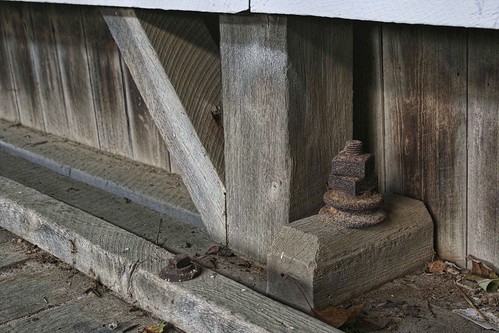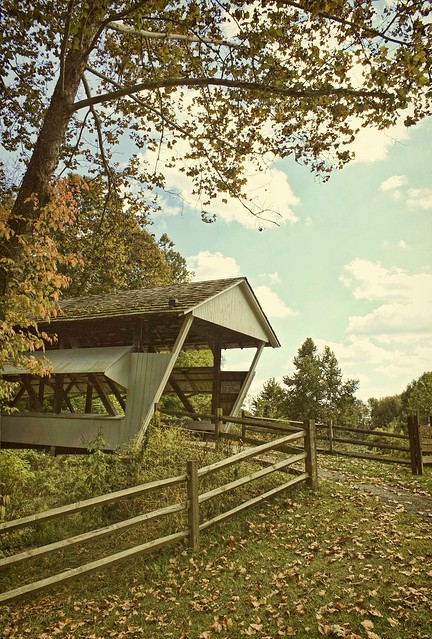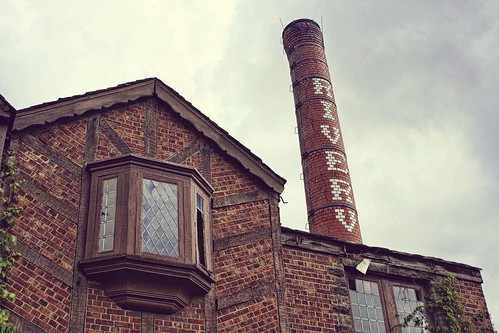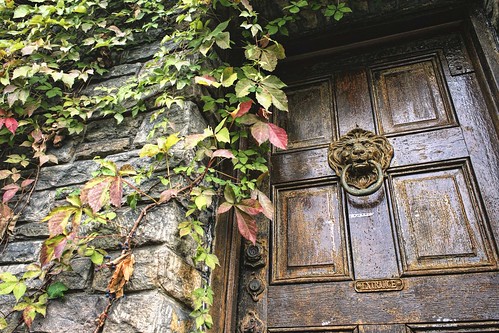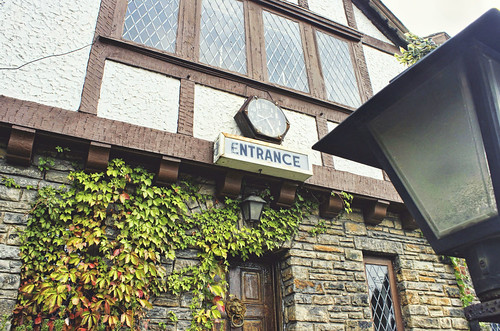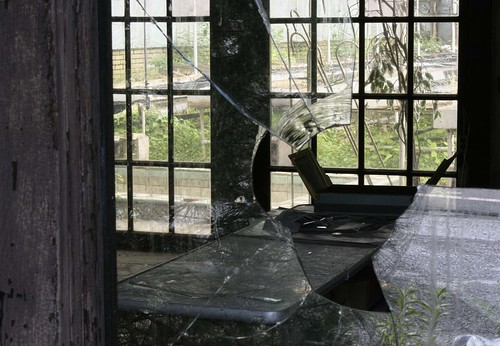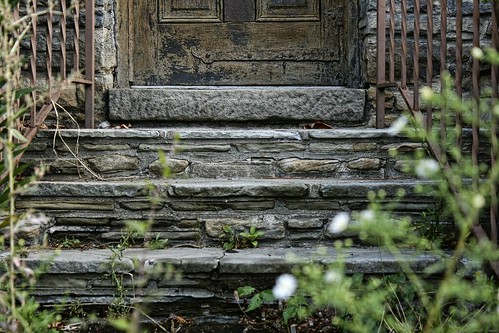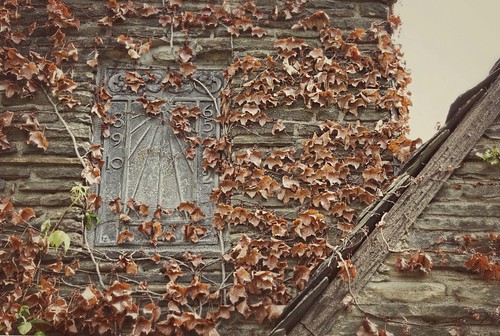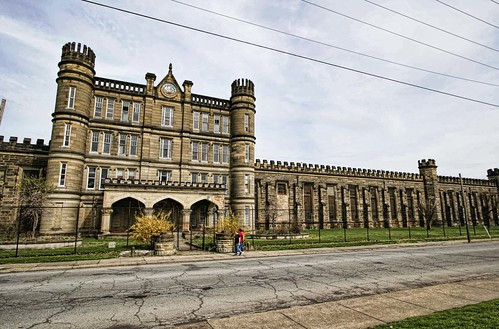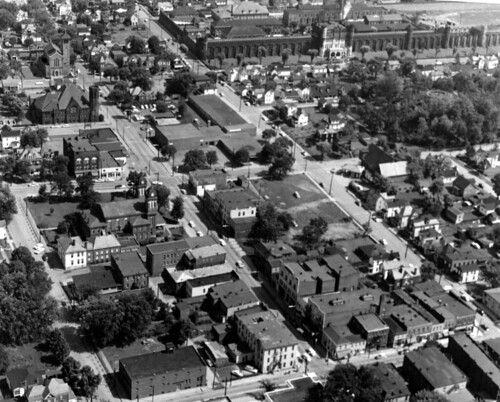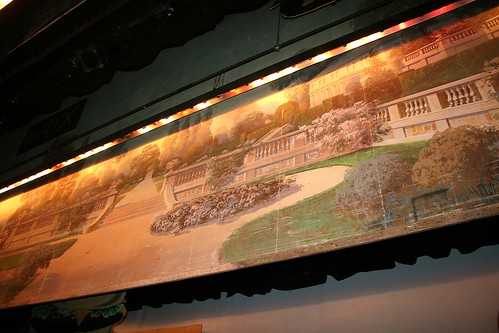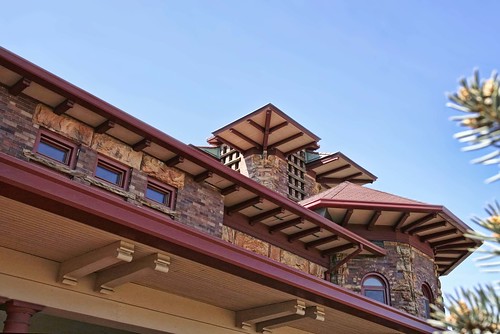That may be my longest post title yet, but that’s barely half the name of of this pretty covered bridge—”The Mink Hollow Covered Bridge in Oil Mill Hollow Over Arney Run Near Borcher’s Mill”! That means this bridge has the longest name of any covered bridge in the nation, something I was unaware of when photographing the structure.
Built by Jacob Brandt in 1887, the bridge is 51 feet long and stands on its original sandstone abutments. Part of one of Fairfield County’s historic parks, crosses Arney Mill Run in Lancaster; the “Oil Mink Hollow” part comes from the days when a flaxseed-pressing mill stood nearby.
The Mink Hollow Covered Bridge et cetera, et cetera, et cetera boasts of not just a long name, but also an unusual structure—if I understand correctly, its central X-brace, combined with multiple Kingpost through truss, are unique to the Buckeye State. This is one of eighteen (or sixteen; there seems to be disagreement) covered bridges in Fairfield County—eighteen remaining of the county’s original two hundred and twenty! Indeed, Fairfield County can still boast of having more covered bridges than any other county in Ohio.
There are reports that the bridge is illuminated at night—I may have to go back for that after a really good snow despite the cold. Wouldn’t those make lovely photos?


